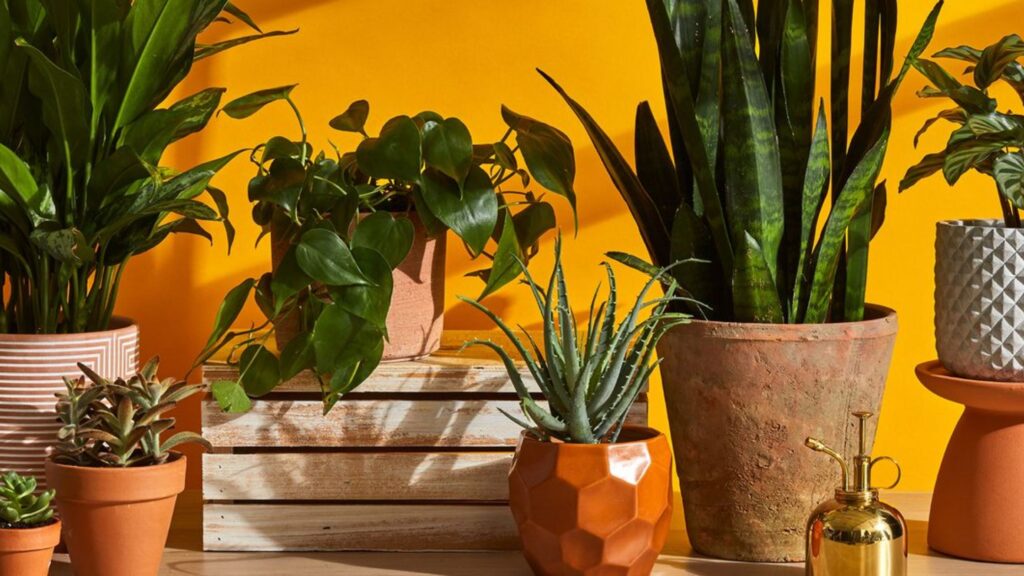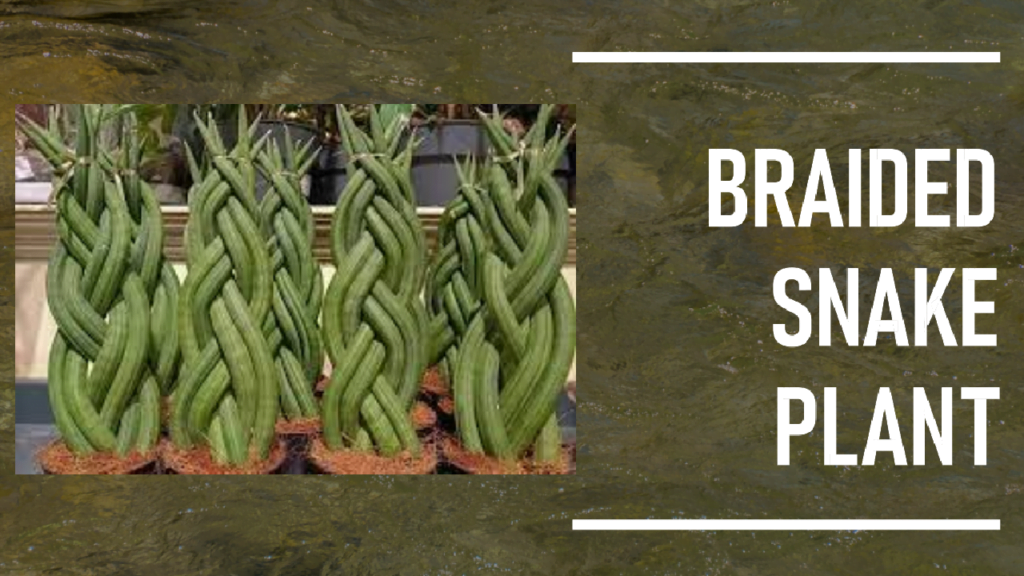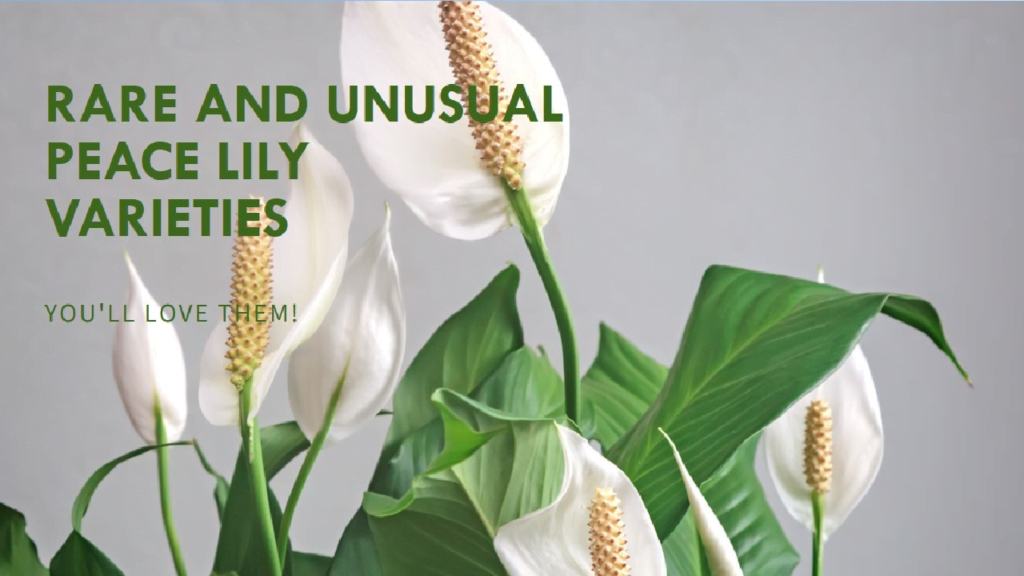Succulents are known for it’s adapting nature. Even there are some succulent exists which can flourish in any place, even if you put them in the dimmest corner of your home and leave it there without any attention.
So if you have a dark bland corner in your house those succulents that don’t need sun can give some life to that place. Also, these plants are an ideal choice for plant enthusiasts with limited access to light in their indoors.
Table of Contents
What are succulents?
Any plant with thick fleshy tissues to store water is succulent. Most succulents have broad deep roots for fluid storage and are typically found in deserts. Some succulents and cacti use their stems to stock water to survive dry moistless weather, on the other hand, some succulents like agaves use their leaves and roots to store their sap and use it when needed.
Many succulents that don’t need sun like aloe, echeveria, kalanchoe, and others, are mainly cultivated for their ornamental values.
A common adaptation in most succulents is the regulation of their stomata. Stomata is a tiny mouth-like structure that resides on the surface of leaves and stems.
Stomata boost the uptake of co2 from the environment and the release of water and oxygen to the surroundings.
Succulents’ stomata stay open during the night and close during the daytime and this helps to minimize water loss during dry daytime hours and allows for carbon dioxide uptake to materialize in the darkness.
Factors to consider when choosing succulents that don’t need sun
Before you go and purchase your succulents that don’t need sunlight you need to consider some facts which will help you to understand this magnificent species more closely.
Light
Succulents tend to flourish in bright light settings and usually require about six hours of sunlight every day, but not for all succulents though.
While most varieties cannot survive in full shade, it’s also not necessary to put them in extreme sunlight throughout the day.
To provide some shade, a sheer curtain can be used. Newly planted succulents are particularly weak to scorching in direct sunlight, so continuous introduction to full sun exposure is not advisable.
Soil
The right soil is the source of succulents’ nutrients and longevity. So before you get succulents that don’t need sun it’s important to choose or make an ideal potting mix for it.
Succulents, in particular, require soil that drains well, so using regular potting soil or soil from your lawn won’t do. The best soil for drainage is typically sandy in texture or porous.
You can either buy ready-made succulent soil, which is sometimes referred to as cactus soil, or construct your own mixture by combining potting soil with sand or perlite.
Temperature
Being originated from desert areas succulents love hot weather. generally, they thrive in temperatures between 40-80 degrees Fahrenheit. Fluctuation in temperature is manageable but they are not accustomed to highly cold weather, meaning temperature below 7-5 degrees Celsius is harmful to them.
Water
During growing seasons succulents need water. Being native to arid climates they store additional water in their thick leaves and stems. which is why they do not require frequent water sessions. Let the soil get dry between each watering session. most succulents require watering once every two weeks during summer and once a month during the rest of the seasons.
Humidity
A humidity level of 40%-50% is ideal for succulents’ visible development. Even though succulents that don’t need sun typically thrive in low-humidity conditions, they still crave some moisture in the air. If your indoor atmosphere lacks an adequate amount of humidity, your succulent will only rely on the water they stored in their leaves to stay hydrated.
20 succulents that don’t need sun to flourish
1. Jade plant
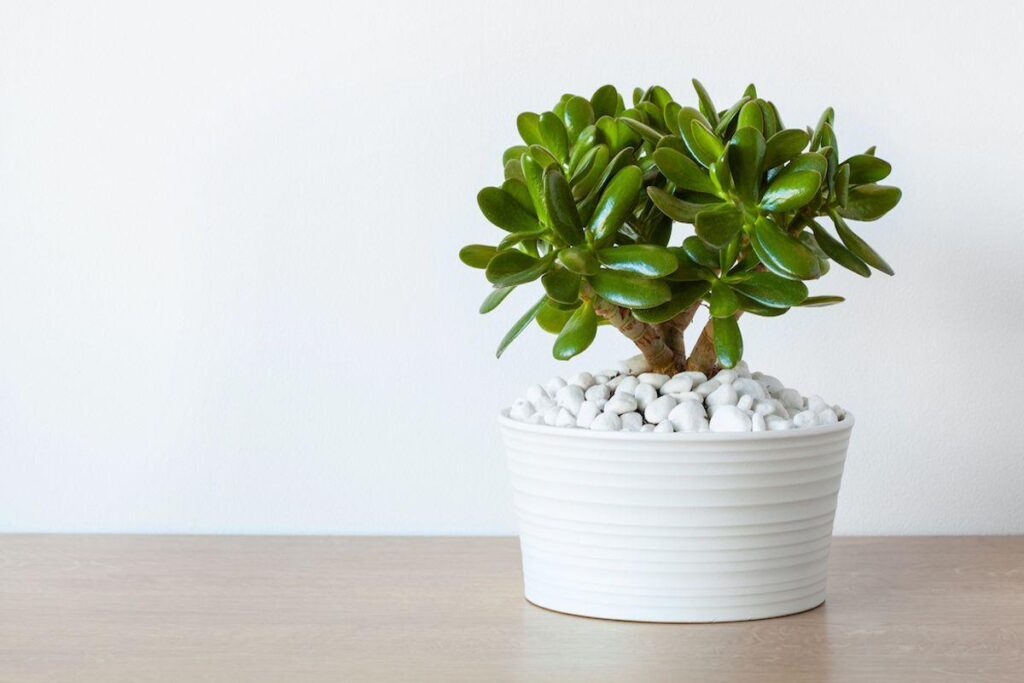
Scientific name: Crassula ovata.
A very low-maintenance indoor plant. Ideal for indoor cultivation. Popular for its fleshy green color, small oval-shaped leaves, and tree-like stems. According to feng shui, it brings good luck to the house, making it an ideal housewarming gift.
They prefer dry weather so in humid they might never give flowers. They usually get 3 to 4 feet tall and 2 to three feet wide in their mature form. They need little effort to propagate. You can cut a stem from anyone and make a new one for yourself.
They need water when the top inch of the soil gets dry. Full sun or shade both are fine. If you have pets or children keep the plant somewhere they can’t reach as these plants are toxic if consumed.
2. Devil’s backbone
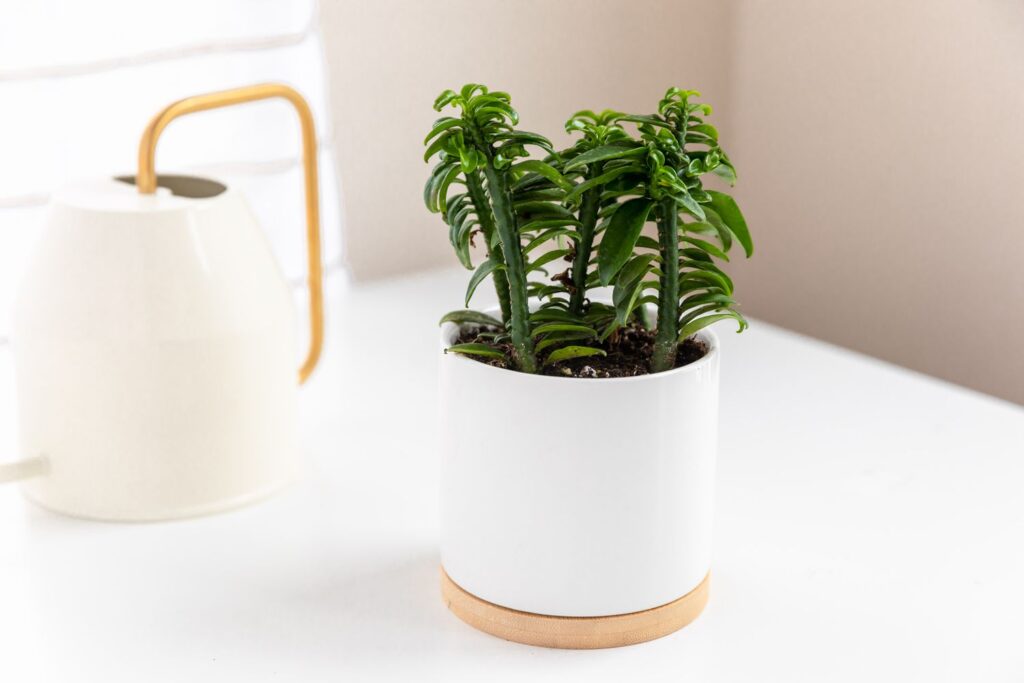
Scientific name: Euphorbia tithymaloides
Its perennial succulent spurge grew up to three feet tall, devil’s Backbone is a tropical plant popular among indoor plant enthusiasts. It’s one of those Succulents that don’t need sun to live.
Devil’s Backbone got the name for its interesting stem pattern. They are slow-growing species and are white and green in color. In warmer weather, it can look pinkish.
They are native to Africa and locals have been using these plants for years as an antidote to snake venom.
Water it when the top two inches of soil is dry and they prefer indirect sunlight or shade.
3. Snake plant
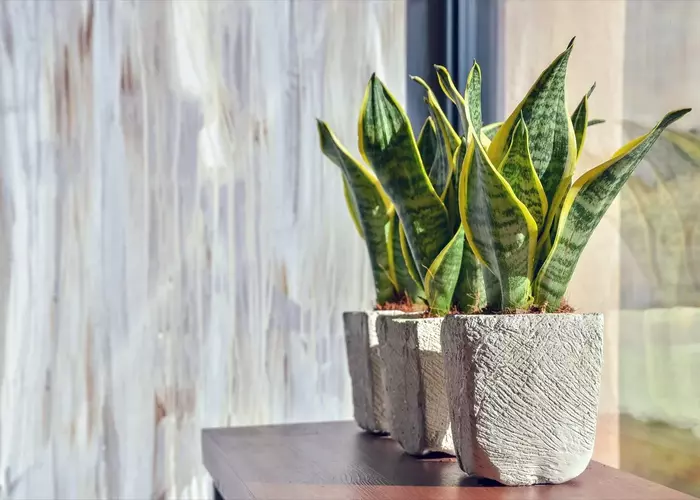
Scientific name: Sansevieria Trifasciate
Also known as mother-in-law’s tongue, these plants are literally everywhere (and I mean literally). Near the sink, inside closet, bedside, in kitchen, I think they are the most used indoor succulents that don’t need sun and cultivate for their ornamental value.
There are around 70 species of snake plants out there. Their tall, thick, and sword-like leaves are green in color with a yellow border. They have green spots all over them and the pointy tip symbolizes the sharp tongue of the mother-in-law, hence the name derived.
They can thrive anywhere, from the bright sun to the dark corner of your room.
4. Aloe Vera
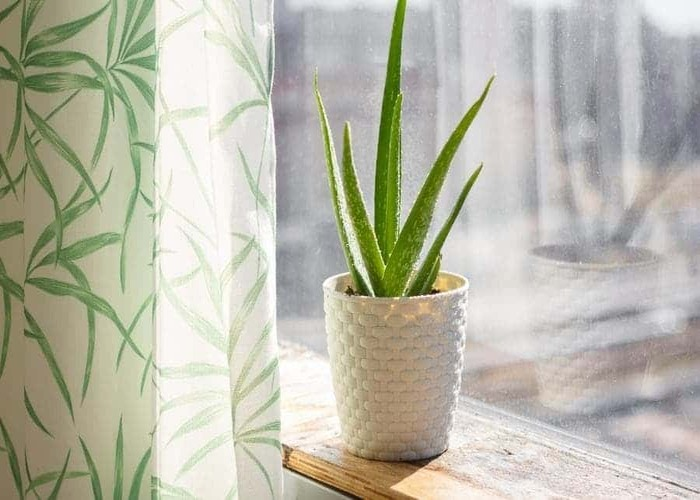
Scientific name: Aloe Barbadensis Miller
Aloe Vera is a typical house plant mainly used for its skin treatments and other meditational uses. It is full of antioxidant and antibacterial properties. Widely used to heal skin burns, reduce dental plaque, prevent wrinkles, and other benefits.
It has fleshy, jagged-edged, sword-shaped leaves. Unlike other succulents, it is the first growing plant but it takes years to reach its full length. A mature aloe vera is about 12-36 inches tall and 6-12 inches broad.
It can easily live in shade but to keep its attractive form a minimum of 6-hour sunlight per day is advisable. It is the epitome of succulents that don’t need sun. A pot that is one to two inches larger than the root ball will provide the encouragement they need for growing.
5. Chandelier plant

Scientific name: kalanchoe blossfeldiana
They are commonly cultivated as indoor plants. They are native to Madagascar. Chandelier plants are known by various names such as Christmas Kalanchoe, flaming katy, and Madagascar Widow’s Thrill. They are closely related to the jade plant.
They are known for their beauty, low maintenance, and as well as the variety of colors.
These plants grow up to 6-8 inches and can make a perfect tabletop plant. Chandelier plants are sun-loving plants. But it is also one of those succulents that don’t need sun to live. But bright and indirect sunlight and balanced fertilizer with higher phosphorus help the flowers to bloom.
6. Zebra Haworthia
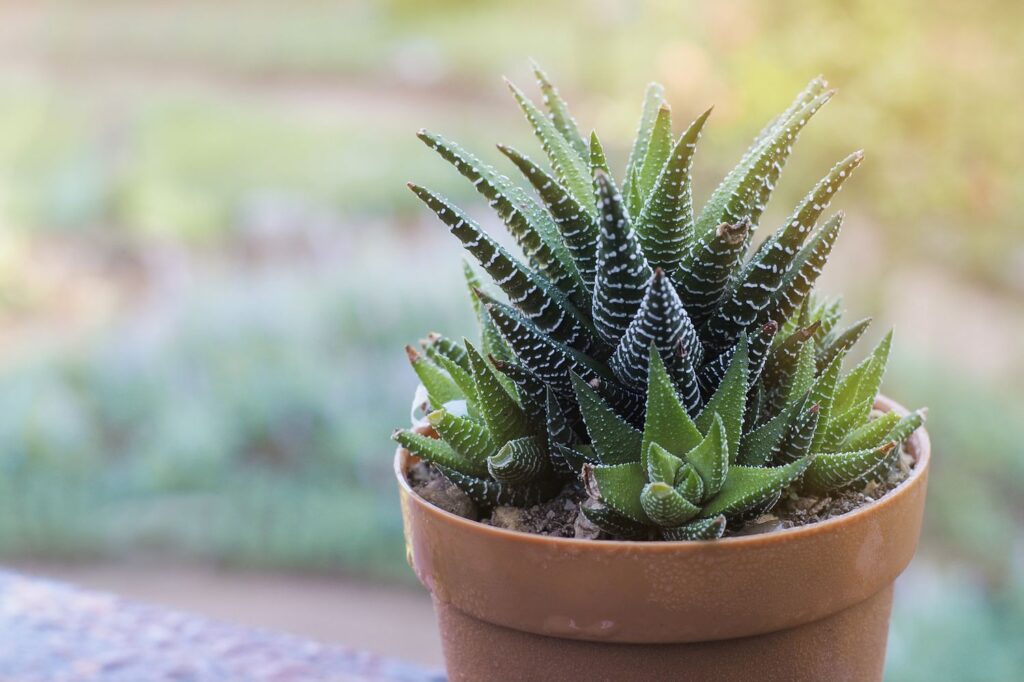
Scientific name: Haworthiopsis attenuata
Commonly known as the Zebra cactus a small species of succulent, that originated in South Africa. They are famous for their zebra-like stripes and small size. They are part of the small succulents that don’t need sun.
Its shade-resisting power makes it ideal for any place in your indoors ( even beside the bathroom sink). Their appearance value is truly unmatched. During spring it produces tiny lavender flowers but if you keep them in the shade 24/7 it might not happen. Unlike others, these plants are perfectly safe from pets and children.
Observe if the soil is completely dry on the top inch of the soil then water it. They are tiny plants so over-watering will harm them more easily.
7. Bear Paws
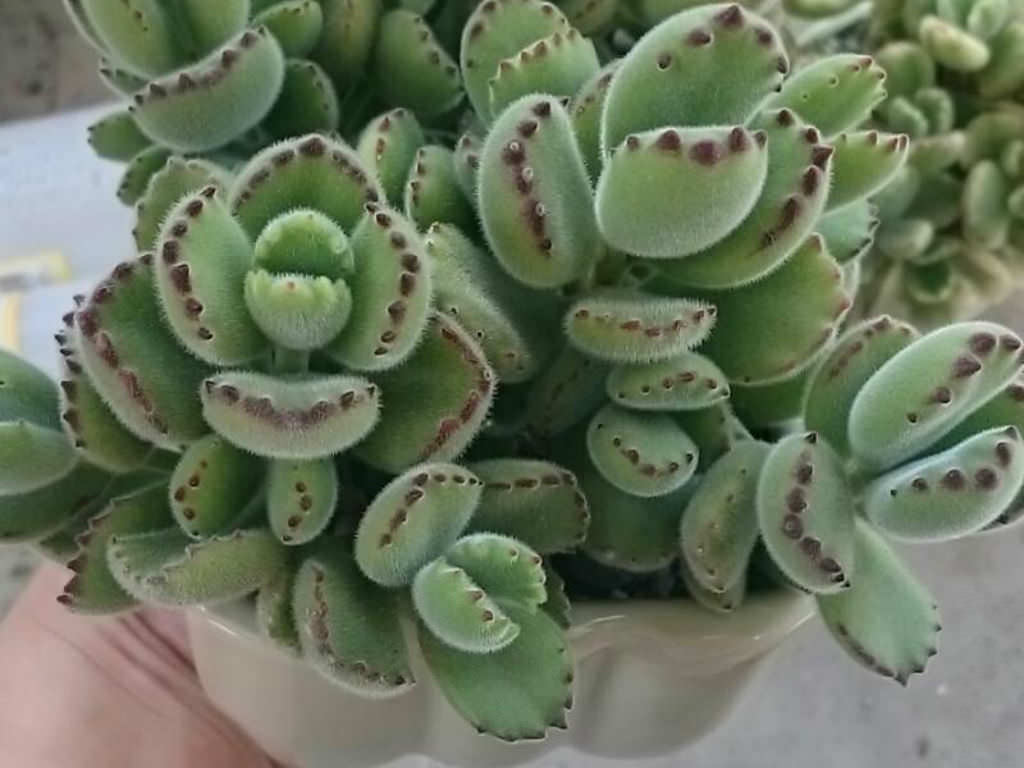
Scientific name: Cotyledon tomentosa
Bear paws are a species of the flower plant family, Crassulaceae. They are native to South Africa and adopted by many plant parents for their adorable looks. They serve looks along with their easygoing personality. Easygoing succulents that don’t need sun.
They have fuzzy green leaves and red claw-like edges, making them exactly look like bears’ paws. During spring they produce orange bell-shaped flowers and a mature plant can grow up to 30 cm high if given the best care. Indoor plants might not produce flowers as their growth is slow.
Like other succulents that don’t need sun, they also prefer indirect light but they will do just fine in shade as well.
8. Braided Snake Plant

Scientific name: Sansevieria Cylindrica
Sansevieria Cylindrica is popular for its carefree, low-maintenance persona, and the aesthetic value it brings to the table(literally). Their root is in the tropical parts of Africa and South Asia.
Their fleshy leaves almost make them look like Aloe Vera, but they don’t have any edges. They are fleshy, green, and round, with pointy ends. They store their sap in their leaves.
North-facing quite shady window side is perfect for them. They are shade-loving plants, fine for houses with minimum sunlight reach. Too much direct sunlight for a long will eventually turn their leaves yellow.
9. Holiday Cacti
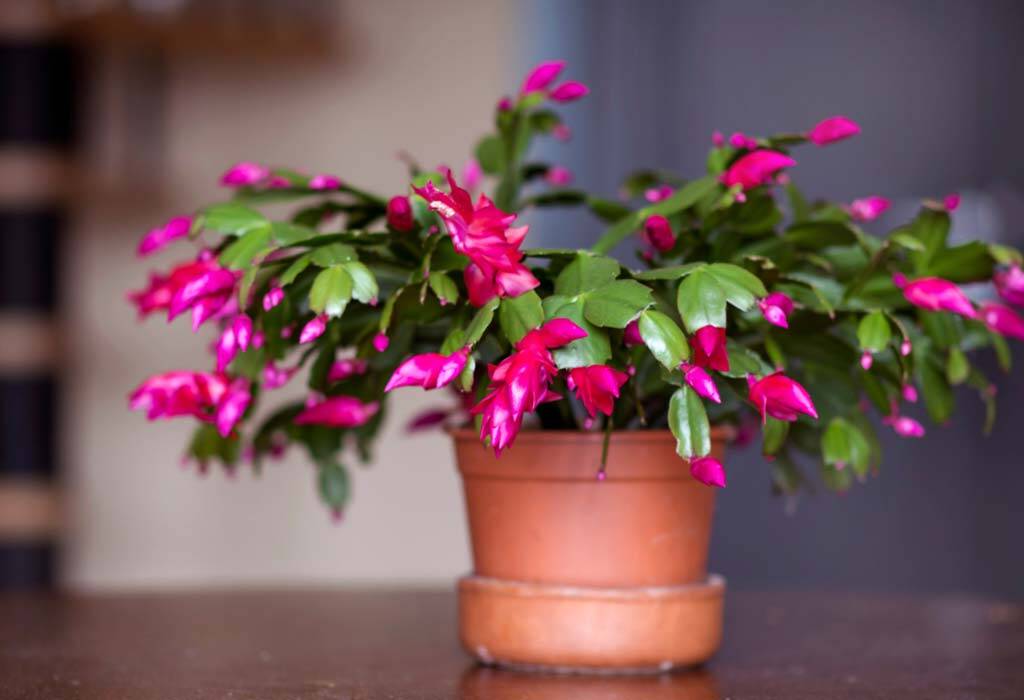
Scientific name: schlumbergera
Also known as Christmas cacti, is a small species of succulents family. They can store water in their body which makes them ideal shade-loving plants. They originated in the coastal mountains of southeast Brazil.
They are mainly cultivated for their red, pink, and white flowers. They produce flowers during Christmas, hence the name.
These plants can grow anywhere and thrive and will make a colorful addition to your shady indoors. Ideal option for succulents that don’t need sunlight.
10. Ponytail Palm
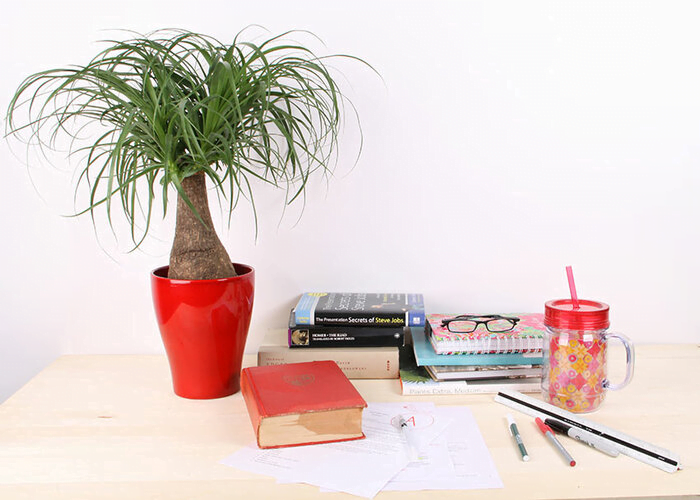
Scientific name: Beaucarnea Recurvata
Don’t mistake it for the name, it’s still a succulent. They have strappy leave that arises from a large trunk and look like a ponytail and a palm tree, that’s why the name is derived. It will provide yours indoors with a tropical vibe. They don’t require any maintaining routine and all-weather resistance. These plants grow gradually and can gain up to six feet tall, though they won’t be going to give you the same height results indoors.
Ponytail palm store their water in their trunk, so they don’t need frequent watering sessions. ponytail palm is not toxic to pets and children either, which makes them the perfect succulents that don’t need sun to own for beginners.
11. String-of-pearls
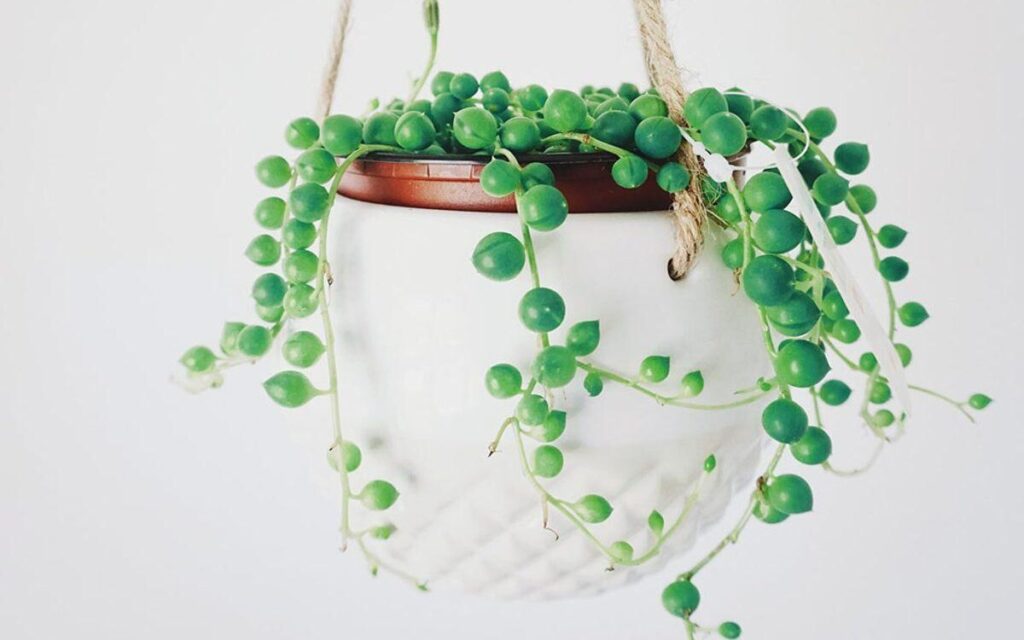
Scientific name: Senecio Rowleyanus
String-of-pearls is one of the most favorable shade-loving indoor succulents. They belong to the frier parts of southwest Africa.
Their leaves look like small green beads perfectly arranged in a small thin stem. Because of their thin stems and heavy leaves, they spill over the edge of their pot, making them a perfect fit for wall decoration.
Their light tolerance level is wide and they are drought resistant. They can survive without water or sun for weeks, ideal for new plant parents.
12. String-of-buttons
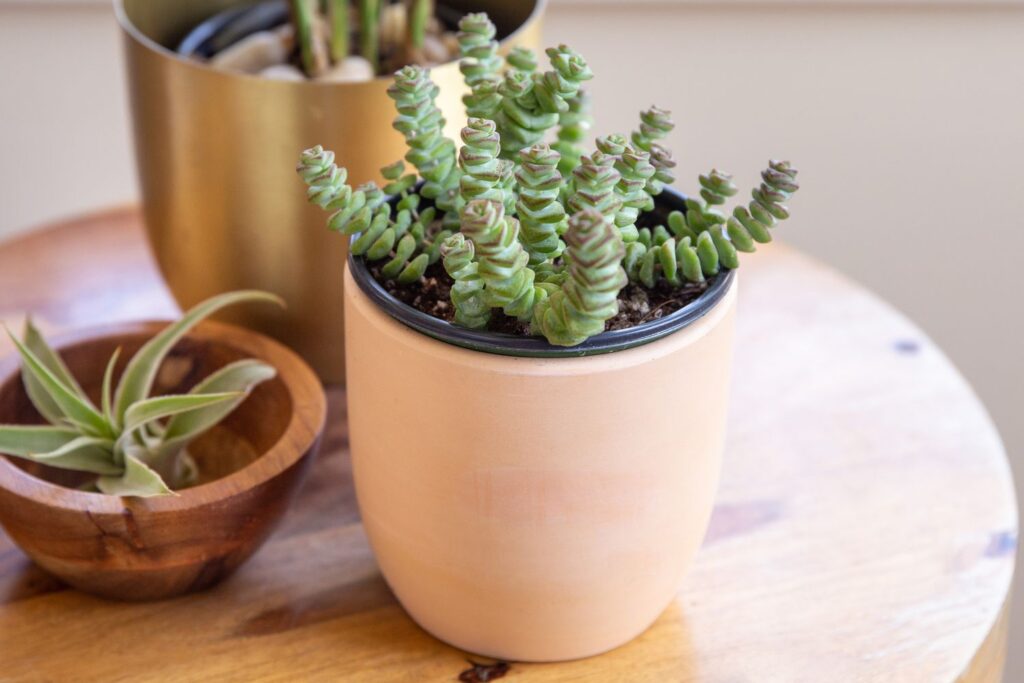
Scientific name: Crassula Perforata
The string of buttons is a relatively hardy and fast-growing succulent that doesn’t need sunlight. They are a part of the Crassula family.
They have triangle leaves and they are stacked over each other in a thin stem. With time their stems become heavy and they bowed down from the edge of the pot and that is why it makes a wonderful hanging basket plant. They grow up to eighteen inches tall.
Even though they can survive in shade for days it caves some light if left in the shade for too long and they will go gaga over indirect sunlight.
13. String-of-hearts
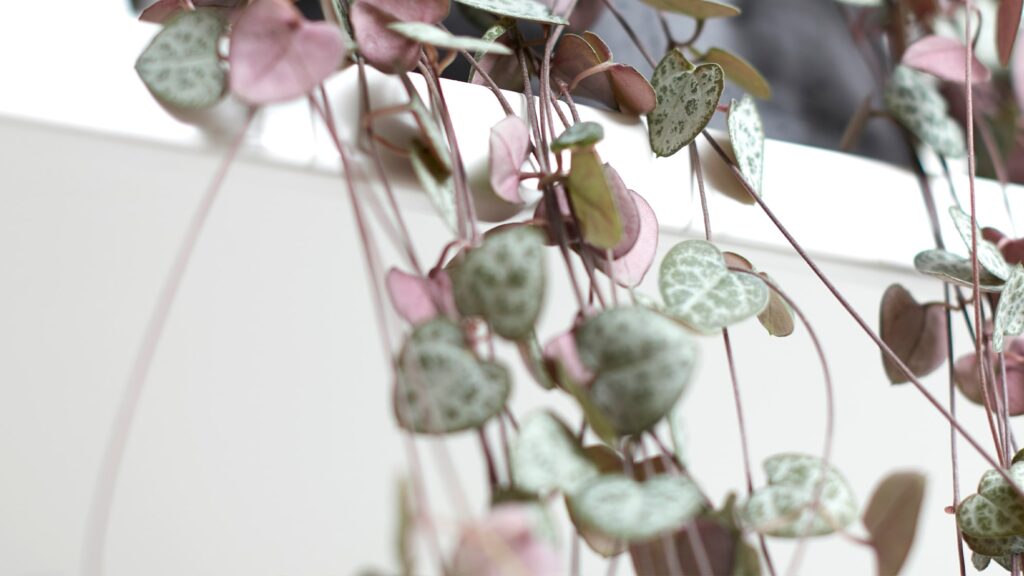
Scientific name: Ceropegia Woodii
The string of hearts is another fast-growing succulent plant. The stem is this and looks like string and the leaves look like hearts hanging out of the stem. They make a beautiful wall or shelf plant. A mature string of hearts can grow over six feet long.
These plants prefer partial sun, and regular water during growing seasons like spring and summer and less water during winter. Use the “dry and soak” method for watering sessions. Allow the soil to dry then provide water. Don’t water it in a way where it sits in the pot for too long as it surely will lead to root rot.
14. Panda Plant
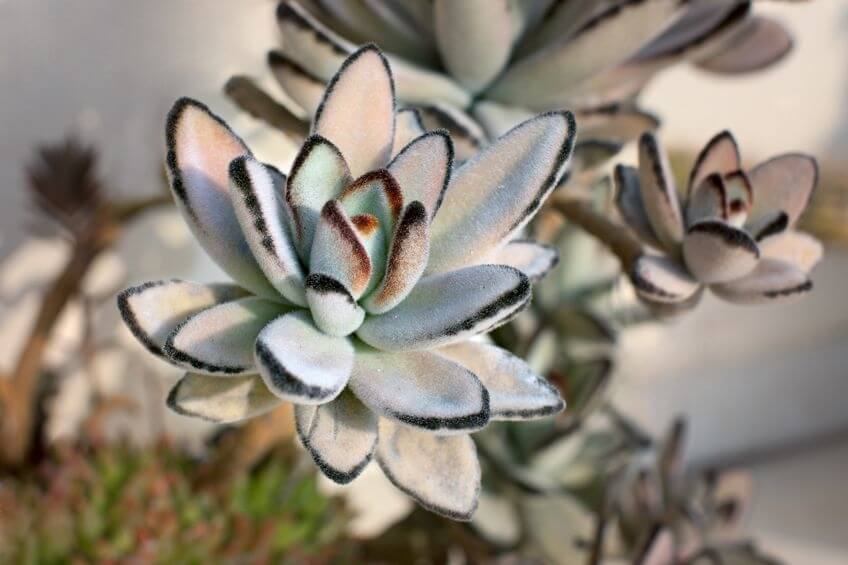
Scientific name: Kalanchoe Tomentosa
Another fuzzy succulent friend. They belong to Madagascar, known by numerous names among planters for their adorable features such as teddy bear, chocolate soldier, and golden girl.
They are velvety, tongue-shaped with brown edges, highest mature height is 2.5 feet. They store water in their thick leaves and stems and don’t rely on watering sessions. They are pest resistant as well. Perfect for those who are new to gardening.
15. String-of-bananas
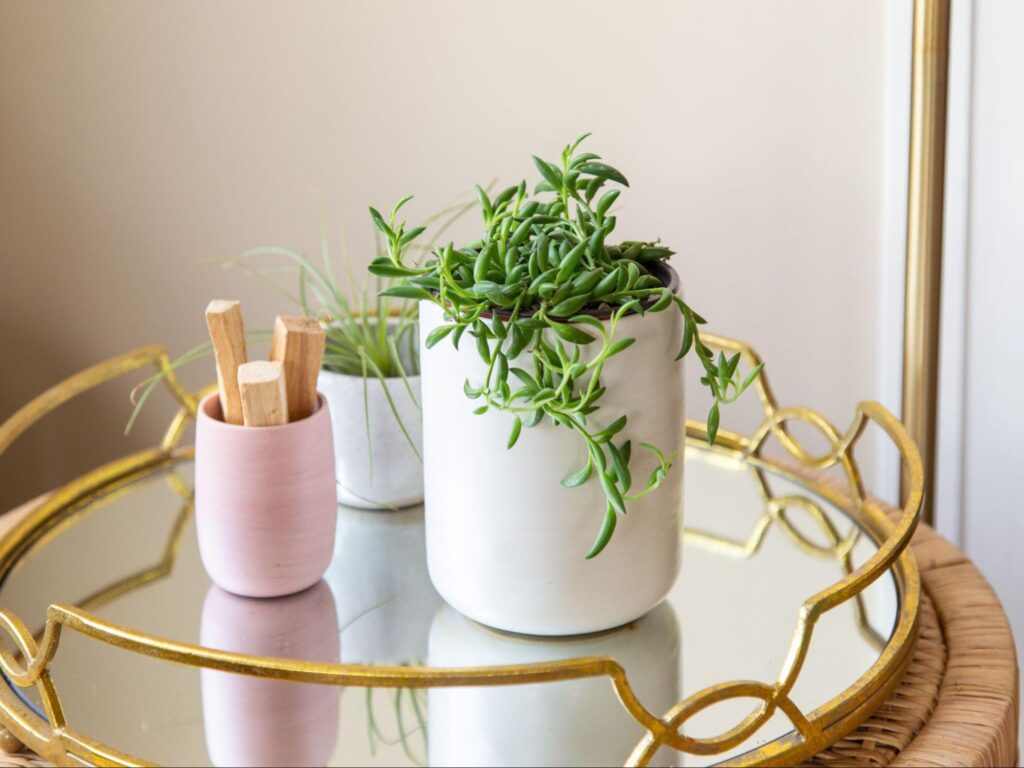
Scientific name: Senecio Radicans
The String of Bananas is a shade-loving succulent plant with banana-shaped leaves. They are part of the Asteraceae lineage and native to the Southern part of Africa.
They make great wall or hanging basket plants and they tend to grow pretty fast. You can use a string to support the trail as per your desire. They love warm atmospheres as well and can even tolerate temperatures up to 110 Fahrenheit. Use a pot with a draining hole to dodge root rot possibilities.
16. Twisted Sister Snake Plant
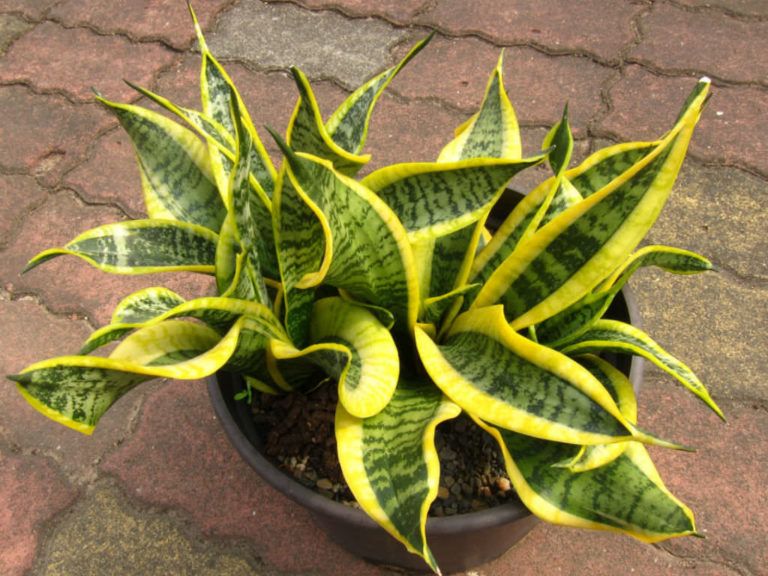
Scientific name: Sansevieria Trifasciata
They are well known for their vibrant color, green with yellow edges. Most snake plants grow upright from their base but as the name suggests, twisted sister makes a twisted spiral form as they grow. It grows up to fifteen inches tall.
They prefer indirect sunlight and soil on the drier side. In spite of the preferred sunlight needs they are well tolerant in shades and indoors.
17. Burro’s tail

Scientific name: Sedum Morganianum
Another hanging pot funky-looking plant. They are easy to propagate and they need zero to little care. A fun fact about these plants is that each of their leaves develops into a brand-new plant with time.
Their stems are particularly fragile and the leaves are heavy and stored with water, so they tend to fall off from the plant pretty easily, but don’t panic! you can just have to pick it up and if the plant is in the soil, it will live.
They grow well with lower light and on the drier side of the soil. Plant it in your room and it will give the vibe of a garden of grapes.
18. Mistletoe Cactus

Scientific name: Rhipsalis Baccifera
Rhipsalis Baccifera’s leaves look like a bunch of thin stems. They are vibrant green in color and spread out from the center of the plant. Although they are succulents they are native to rainforests of South America, and Florida. They are epiphytes and can grow in trees making them perfect for indoor shady weather.
Unlike other shade-loving succulents they require regular watering, but don’t overwater, let the soil dry in the top inches of the soil then water it.
19. Ox tongue plant
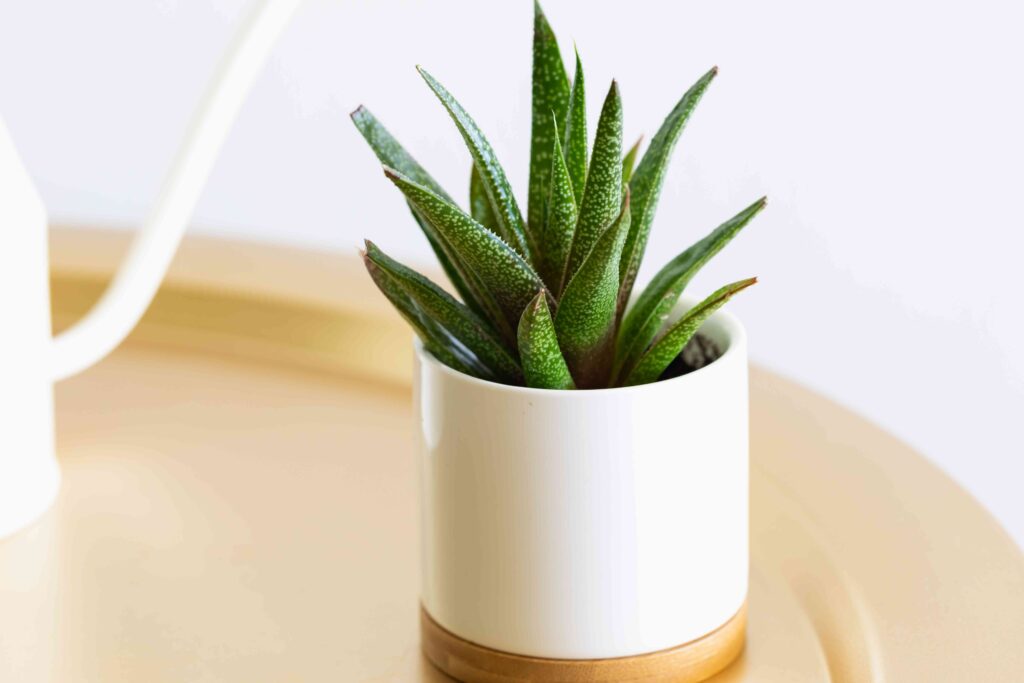
Scientific name: Gasteria Prolifera
Ox tongue’s leaves are thick, and wide, and appearing from the center makes them visibly appealing. Leaves are green in color and light green marks spread throughout the leave.
They are native to Africa, so they are habituated to African dry weather. So make sure the soil and pot are well-draining and coarse. Water it more often in summer than in winter, give them time to get adapt to the indoor weather and you are good to go.
20. Echeveria
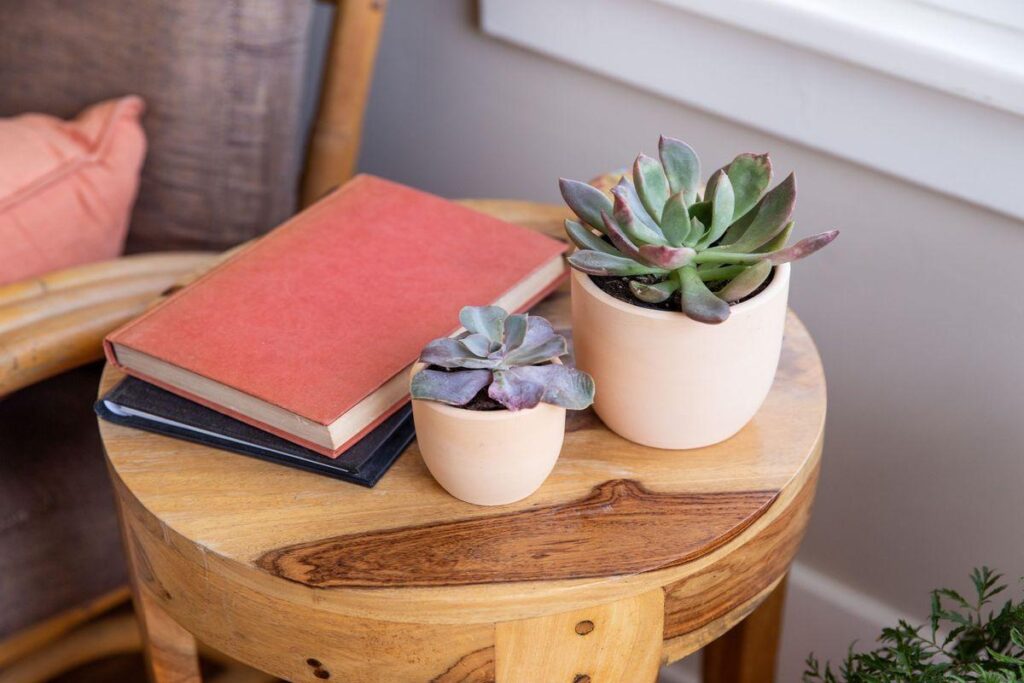
Scientific name: Echeveria
Falls in the popular category of succulents as they can be seen everywhere. They belong to the Crassulaceae family and are native to Mexico and the center of America.
They are available in an expansive range of shapes and colors. Among them, grey-colored Echeveria goes well with indoor weather. If you can put them in a place where they can get at least four hours of sunlight, they would appreciate it. Their center part stretch towards the sun so reposition them every now and then to promote the stretch.
Benefits of growing succulents that don’t need sun
Low maintenance requirements
Shade-loving Succulents are favored by plant enthusiasts for their low-maintenance nature. With occasional care, these plants can thrive for years.
They can adapt to any kind of soil, Zero light intenseness, and other circumstances, making them favorable for new plant owners. Living in the shade for most of the time stunned their growth so, they do not require frequent pruning or heavy fertilization, and a rare application of liquid fertilizer is sufficient.
Succulents are forgiving of your neglectful watering tendencies. If you forget to water them for a month or so, they can still survive with little sign of droopiness.
Aesthetically pleasing
Indoor succulents that don’t need sun are very popular nowadays in the world of interior design. They come in a wide range of colors, shapes, sizes, and features, making each plant unique from others.
Saculluent plants are extremely attractive and add a stylish element to your home. They can make make a perfect tabletop ornament, a showpiece for your shelves, brighten up the corner of your house, or as a centerpiece.
Improve humidity in your home:
Indoor air is drier than outdoors. As part of the photosynthetic and respiratory procedures, succulents discharge moisture vapor, which boosts the humidity of the air near them. Succulents discharge approximately 97% of the moisture they take in. Place several succulents together, and you can improve the humidity of your room, which helps keep respiratory distress far away.
Increased moisture, in turn, can cure typical health complaints including:
A painful throat
Common flu
Dry cough
Dry, scratchy skin
Air purifying
Getting some succulents are much better than being efficient with an air purifier, plus less noisy. Some succulents like the snake plant and ZZ plant are known for effectively removing toxins from the air. Any succulents more or less possess this power. Their lives have pores through which they absorb toxins like benzene and ammonia. They are natural humidifiers as well, during photosynthesis, they discharge water from their pores in order to keep them moist.
Medicinal benefits
For centuries succulents have been used to treat numerous ailments like cuts, burns, and aches.
Even if you are not enthusiastic about the encyclopedia of every indoor plant you surely know about the position aloe vera holds in the realm of skin treatment and medicinal purposes.
Aloe vera gel is used as a primary source of hydration for your skin. they are used for skin rashes and burns.
Aloe vera juice has been consumed by a huge number of people to reduce inflammation.
Yucca is vividly used to treat arthritis.
Tips for growing succulents that don’t need sun
Watering techniques
The soak-and-dry method works best for succulents that don’t need sun. Soak the soil with water completely and wait for it to dry completely. Repeat the process. One of the vital points you need to keep in mind that to use well-draining soil in a well-draining pot. Soaking doesn’t mean you need to fill the pot till it’s touching the leaves. LEAVE THEM! succulents don’t stand in clogged water for more than three days. A common observation among planters shows that indoor shade-loving succulents require watering every 14-21 days.
Fertilizing
Similar to any other plant, succulents can benefit from receiving fertilization.
commercial fertilizers that are usually too concentrated and if not diluted it can burn your succulents.
If you are opting for commercially available fertilizers, you should select a balanced option and dilute it during the initial few applications to prevent them from burning.
You can make manure tea fertilizer on your own by soaking tea bags in water for a couple of days. It’s a mild and natural option for your succulents.
It is advisable to fertilize your succulents during the spring season when the daytime temperatures consistently remain above 60 degrees Fahrenheit. Indoor succulents do just fine with manure fertilizer once a year.
Pruning
Succulent pruning is done to either increase the number of succulents or manage their growth.
Before pruning, examine the stem’s leaves to identify where to make the cut.
Cut the stem from half an inch of your chosen leaf. keep the angle at 45-degree.
The ideal length of the pruned stem varies depending on the succulent variety, and it is defined by the preferred visual appeal of the plant.
Spring is the ideal time to prune your succulent as it is their active growing phase.
Rotate Succulents Frequently:
It’s true that succulents don’t need the sun to thrive But it’s also true that most succulents love the natural sun, as your succulents won’t gonna get that and it is going to be sitting in the exact spot day after day, they will try it’s best to reach the nearest available light source, also it’s possible that just one side of the plant is getting enough light. So, I will suggest you rotate the plant frequently. Succulents will tilt towards the sun, so turning them will also allow them to stand up straight.
Common problems with succulents that don’t need direct sunlight
Overwatering
Along with root rot overwatering is responsible for various issues that your succulents might be facing, such as;
Falling leaves
Overwatering can lead to the swelling and softening of succulent leaves, which may eventually lead to them becoming mushy and falling off. When leaves fall off due to excessive watering, they often feel wet and squishy, and the stem may appear swollen.
Yellow leaves
When a plant is sufficiently watered but its leaves are turning yellow, feeling soft and swollen, it is a sign that the plant is being overwatered.
Shriveled leaves
Overwatered shriveled leaves may appear soft and droopy. overwatering can also result in succulent leaves becoming limp and weak, leading them to fall off.
Root rot:
Root rot commonly happens when the soil has too much water. This extra water decreases the oxygen levels in the soil, leading to root rot and then failure. With fewer roots to take in moisture, plants start displaying symptoms of water stress, such as dropping leaves or wilting. These signs are usually misunderstood for not watering sufficiently, and adding additional water aggravates the issue. To control root rot, it’s important to allow the soil to dry entirely between waterings. Some plants can heal if offered enough time and a chance to dry out, but in extreme circumstances, the damage may be incurable. You can either dispose of the affected parts or propagate healthy parts. For succulents, setting a wet-dry cycle—where the soil is entirely soaked and then let to thoroughly dry out—is the best way to evade root rot.
Underwatering
Wilting and yellow leaves
If you see that the succulent leaves are turning yellow, wilting, and shriveling, and your sail appears to be bone-dry, which indicates it has been a while since you last watered the plant, it is possible that the plant is underwatered.
Shriveled-up leaves
Yes, overwatering and underwatering both are responsible for shriveled leaves. and 90% of the time it’s underwatering. if the top portion of the leaf appears shriveled it’s likely in need of moisture in its soil. but reviving underwatered shriveled plants is easier than overwatered plants as they are accustomed to water-less circumstances.
Both overwatering and underwatering issues can be solved by experimenting with watering techniques or following the watering reunite which is ideal for succulents.
Pest and diseases
Succulents do not usually get attacked by pests or diseases that often, but lack of attention and an odd atmosphere for too long can attract some tiny bugs or specific diseases. mealybugs, spider mites, aphids, and scales are some of the common intruders that can be found in succulents that don’t need sun. They live there and suck the nutrients out of the plants and leave nothing for the plant itself to grow. Diseases that can affect succulents are root rot, dry rot, soft rot, powdery mildew, etc.
Treatment
Mealybugs: make a potion out of rubbing alcohol and liquid soap and spray it on the leaves.
Spider mites: spray with miticide for a few days and avoid direct sunlight.
Aphids: you can use a hose or systemic insecticide to get rid of them.
Scales: you can remove them with a tweezer or get rid of them with a hose.
Root rot: prune the infected roots and repot them in a well-draining pot and soil.
Soft root: repot them with well-decomposed soil.
Dry root: repot in the fresh soil mixture.Powdery mildew: dilute baking soda in water and clean the spot carefully.
Conclusion
We believe we have covered enough species of succulents from which you can consider getting one for yourself. Day by day popularity of these beauties is sky rising, especially the ones that thrive in shades.
FAQs
Q1. Can shade-loving succulents grow in low lights?
Succulents are highly known for being adjustable to low-light environments and do not need direct sun exposure to flourish. In fact, some succulent varieties can cultivate well in spaces without any kind of natural light, such as windowless rooms. plants such as sansevierias, zebra plants, and aloe vera, are a few examples of plants that can tolerate full shade.
Q2. How often should I water my shade-loving succulents?
As they store water in their body. overwatering would be too much for them to take. temperature plays a role when it comes to watering. if your plants reside in a cooler place, water them rarely, and for dry, hot indoors water them a bit more frequently than that. but as a general rule of thumb, water it ones in every 2 to 3 weeks in summer and 3 to 4 weeks during winter.
Q3. Do shade-loving succulents need fertilizers?
like other plants, succulents love fertilizers as well, especially during growing seasons. you can use a diluted version of any commercial fertilizers available in the market or balanced fertilizers or manure tea fertilizer as well.
Q4. Can I propagate shade-loving succulents?
yes. indoor succulents can be propagated through stems or leaves. succulents with fleshy leaves are propagated through their leaves. As indoor conditions are most of the time constant, they don’t require any specific propagation time. but as a growing season, spring is ideal for propagation.
Q5. What does low light mean?
“low-light” doesn’t indicate “no light”. It means not being exposed to direct sunlight. in that case, the plant can stay a few feet to further away from the window, a position where it can see the outside but not the sky. some succulents can survive almost no light conditions but they surely will not thrive under such circumstances.
Related Articles
- 15 Best Plants for Front Door Entrance India | Auspicious plants for front door
- 10+ Money plant Benefits That Will Make you Keep It In Your House
- Are Spider Plants Toxic to Cats?- 4 Ways To Prevent Your Cats From Eating Spider Plants.
- Best Plants for the House – 8 Top Apartment Plants That You Can’t Miss
- How to Braid Your Snake Plant: Tips and Care Guide
- 20+ Rare and Unusual Peace Lily Varieties You’ll Love



